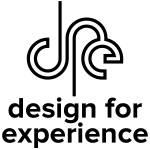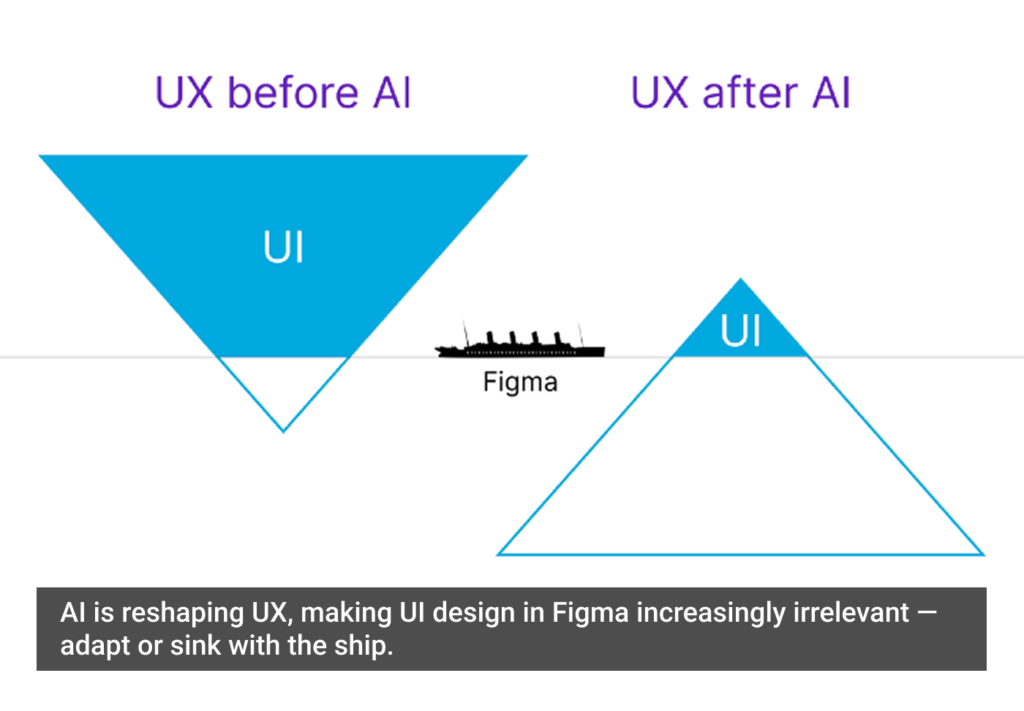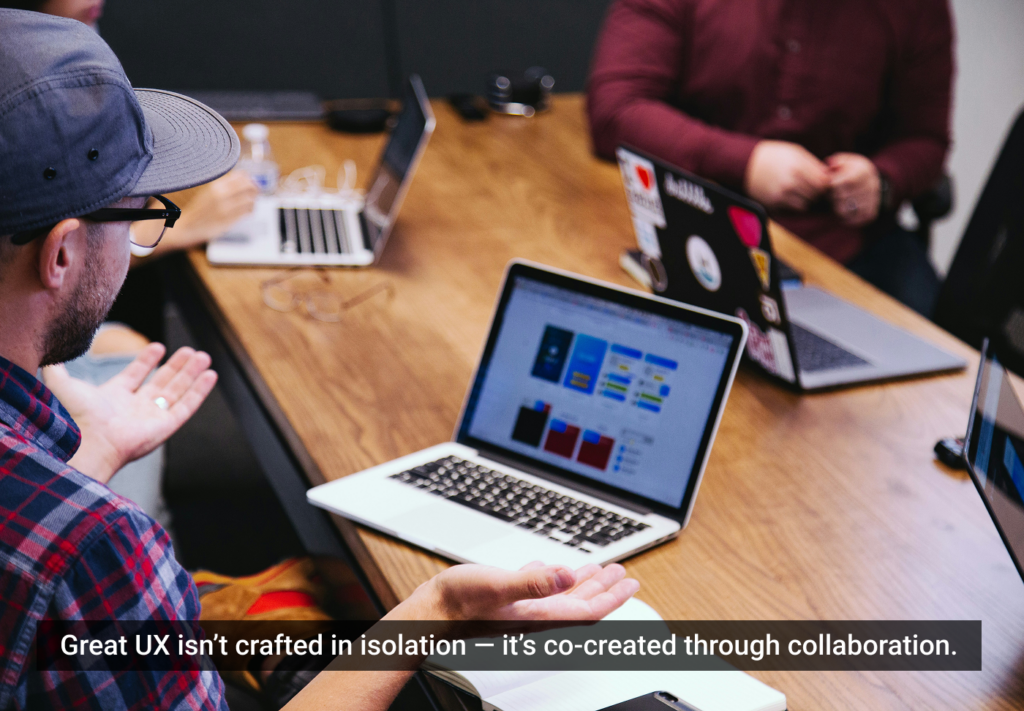In the experience design game, the user occupies rareified air. Up on a pedastal that designers and reasearchers strain to reach, the mighty user’s innermost whims and desires guide our work and guage whether or not our products and services are successful.
Every so often, a team is able to not only tap into these whims and desires but to actually predict new whims and desires before the user even realizes they exist.
How do they do it? That’s what we want to know. The The DfE Foresight of User Needs award is looking for products, services, companies, and teams that exhibit an ability to predict what will resonate with users.
There are numerous design and research tools and methodologies grabbing for this grail, and while there’s no single path to reaching it, the importance of understanding your users is key. DfE judge and UX Magazine contributor Sarah Doody has written several popular articles on the importance of storytelling in design and her most recent piece, “A Matter of Character” explores the advantages of seeing your users as characters in your product’s story.
“User experience is still relatively immature in terms of its value being understood and embraced by all levels of teams and organizations,” Doody writes. “Adding confusion to the already misunderstood field is the increasing amount of material that focuses on process, pixels, and product. This can quickly overshadow a focus on specific people, their unique characteristics, and how a product fits into the stories of their lives.”
Sometimes the next step forward in technology requires looking beyond what people say they want to find an entirely new way to give them what they really need. For Doody, a solution has been found in developing personas the way a screenwriter develops characters for a movie—”[the] next time you set out to work on a product idea, review some new features, or start a design project, take a step back for a moment and ask yourself if you really know who the people are on the other side of the product and what their stories are”—but there are no limits on the ways we can make prescient anticipations of true user needs.
If you know of prodcuts, services, agencies, companies, or teams that exhibit this seemingly magical ability to predict user needs, nominate them. If you think that your product/service/agency/company/team has unlocked the secret to this illusive strain of UX success, apply for this award right now!
Image of an apple’s mind being blown courtesy Shutterstock








